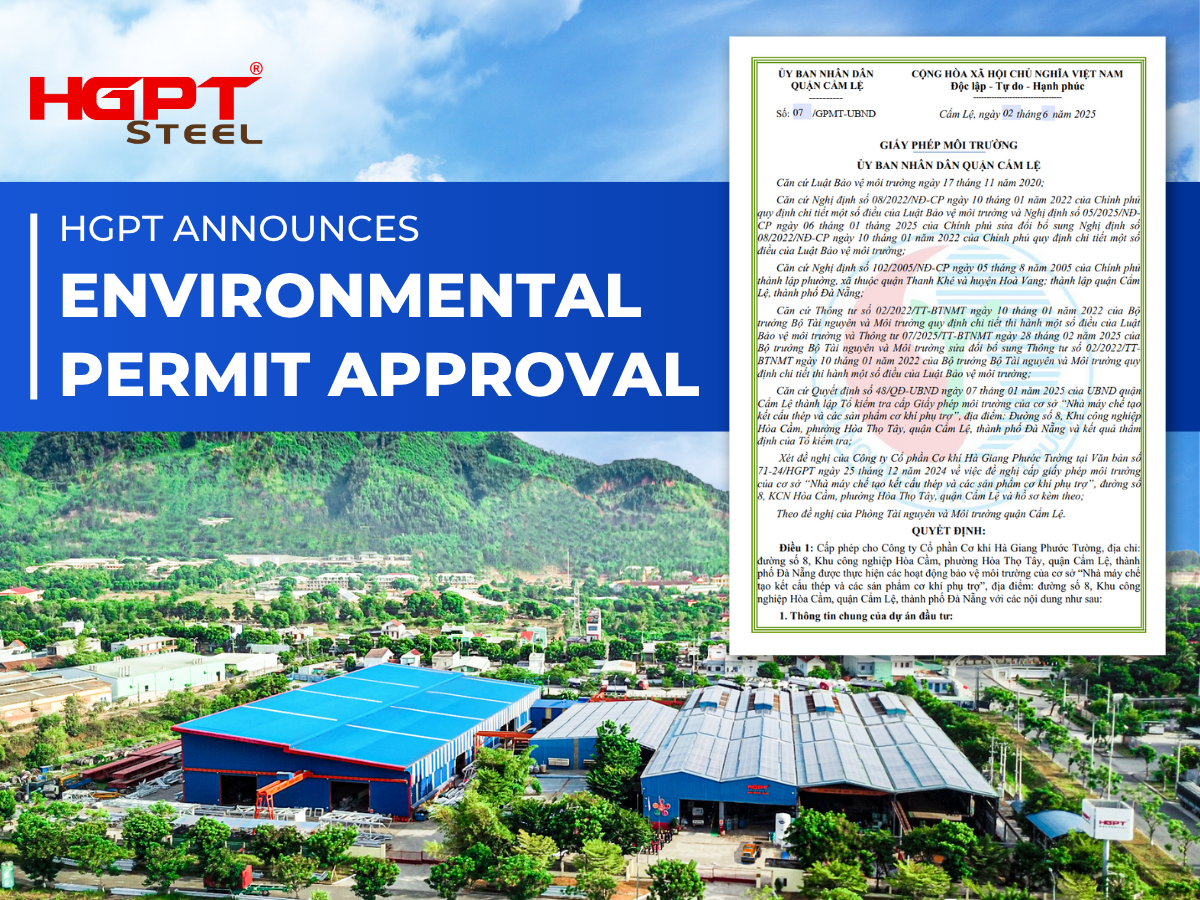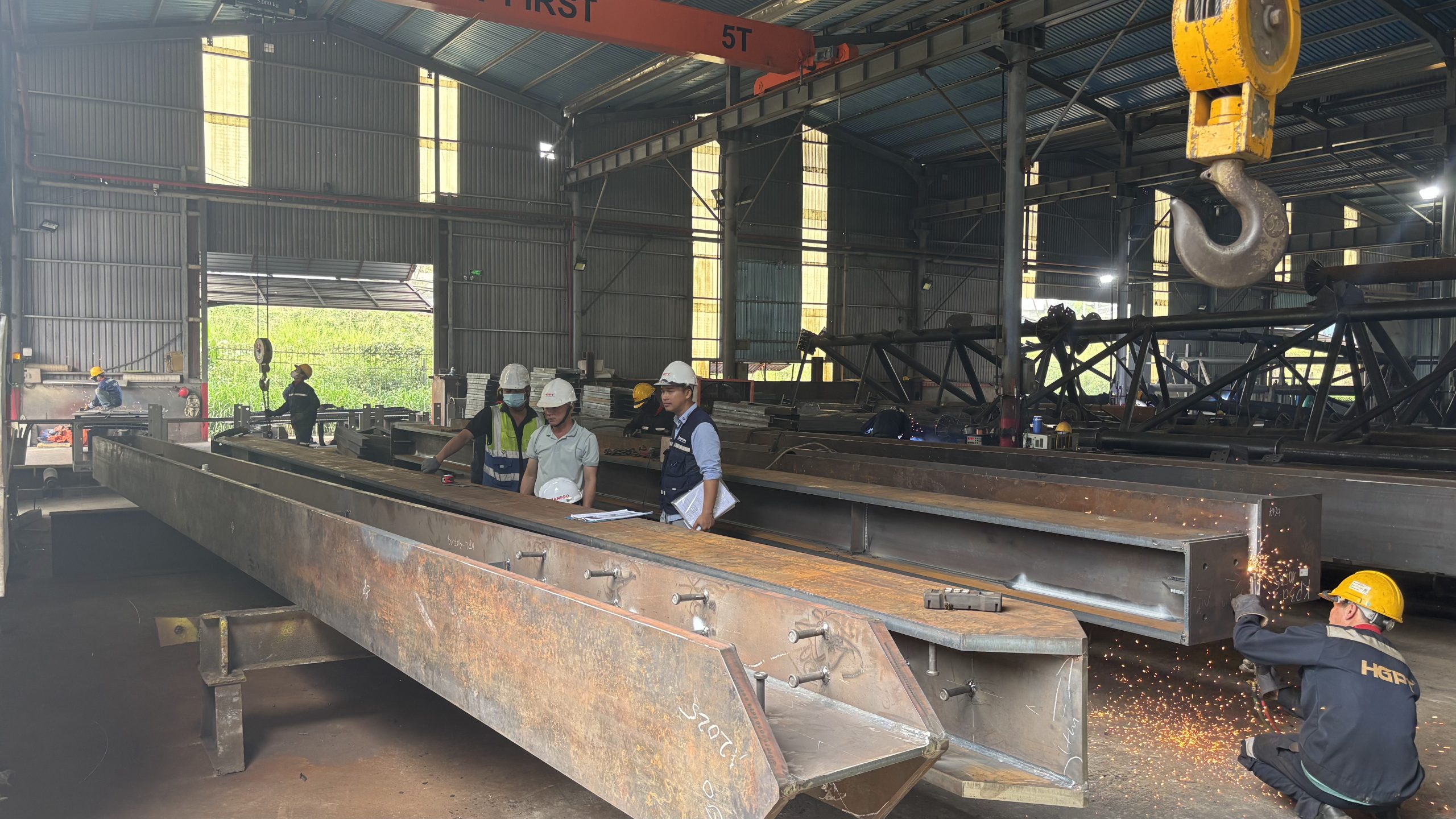The current popularity in construction is pre-engineered steel buildings and wooden structures. However, in industrial construction, the factory built with prefabricated steel is becoming more and more popular. Why so, the advantages of pre-engineered steel buildings compared to wooden structures can win on the road to race in popularity and hearing.

1. Steel Never Varies
Firstly, organic wood is, by nature, inconsistent. No two species of wood are exactly alike in strength. Species, age, growing conditions, climate, rainfall, soil, insect infestation, and disease all impact the strength of the wood.
In contrast, steel’s strength is known, precise, and verifiable. Manufactured to rigorous industry standards, steel remains reliable and consistent. Therefore, every piece of steel of a certain gauge performs exactly as all others like it.
Consequently, engineering steel buildings requires no guesswork. There is no need to beef up building with additional framing just to ensure safety.
2. Steel Structures are a Great Buy
The affordability of metal building kits often surprises first-time buyers. However, commercial and industrial builders know steel’s attractive pricing well.
3. Metal Buildings Cost Less to Own
Steel is a noncombustible material. Because of the lower risk of fire, insurance carriers offer generous discounts to owners of commercial grade steel structures.

4. Pre-engineering Steel for Efficiency
As a constant and predictable building material, steel is perfect for design and engineering software. Three-dimensional structural analysis assures the framing integrity of every building. Also, this state-of-the-art steel structural software makes optimal use of steel’s strength. Every column, rafter, girt, or purlin supports an exact and known load. Therefore, it uses material efficiently eliminating waste.
Thanks to recent improvements in steel production, today’s steel is stronger than ever before. That allows less steel to support even greater weights, further shaving costs.
Wood structures, on the other hand, are extremely wasteful. Wood builders find they waste as much as 20% culling out the inferior lumber delivered. Even more worrisome, some builders stretch the budget by using questionable and flawed studs in construction.
In addition, removing the huge mound of wood debris left over at a wood building site is expensive. That adds to costs. Fortunately, prefabrication drastically reduces the waste with steel building kits. What little steel remains actually generates cash when the builder sells it for scrap.
5. Steel is Code Compliant
Metal buildings easily comply with local building codes. Building officials know and understand steel building kits well. Consequently, builders find the approval process goes smoother for metal buildings than other structures.
6. Steel Buildings Expand Easily
Steel structures make remodeling simple. Enlarging the building at either endwall just requires ordering more frames to match the original structure.

7. Steel Building Kits Are Healthier
Unlike wood, steel structures require no harsh chemical termiticide treatments. That eliminates an indoor pollutant. Moreover, lumber products outgas. They leech chemicals into the air, reducing indoor air quality. In addition, mold feeds on organic materials like wood. Mold spores wreak havoc on anyone with sensitive allergies, asthma, COPD, and other lung conditions.
As an inorganic material, steel never attracts nor feeds mold and mildew. Consequently, chemically sensitive people often choose metal buildings.
8. Metal Buildings Are Durable
Steel building kits age slowly and gracefully. Consequently, steel-framed buildings hold their value much longer than wood-framed structures. Pre-engineered metal buildings stay straight and true decades longer than wood structures. In addition, the stronger connectors of quality-made steel buildings stay put. Steel structures go up straight and stay straight decade after decade.
Unfortunately, the nails and staples common in wood buildings back out over time. Consequently, the frame loosens. Large openings and rafters sag. Windows and doors stick.
According to rhinobldg






